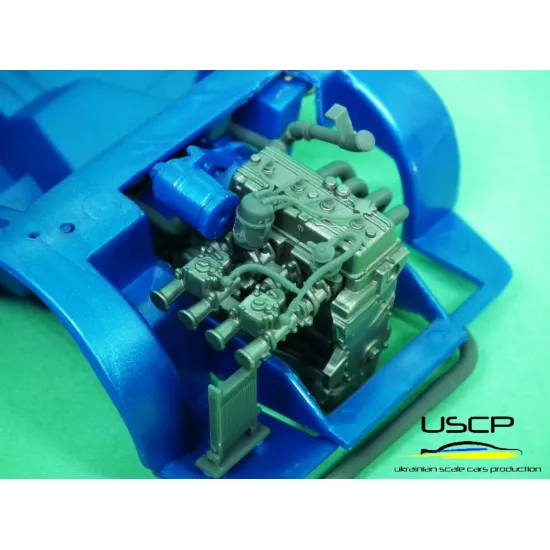Top Plastic Model Categories Every Hobbyist Should Explore
Top Plastic Model Categories Every Hobbyist Should Explore
Blog Article
Model kits have already been taking the imaginations of hobbyists for decades, changing from simple models into elaborate performs of craftsmanship. Their accomplishment during record can be attributed to a variety of evolving systems, national shifts, and a passionate neighborhood of enthusiasts.
Early Beginnings of Model Kits
The source of model kits may be traced back again to early 20th century, primarily in Europe and the United States. Initially, design setswere handcrafted wooden replicas, frequently of ships or planes, designed as instruction instruments for technicians or naval cadets. These packages required substantial talent to accomplish, as directions were small, and the areas were rough.

By the 1930s, the process became more consumer-friendly as businesses like Frog and Monogram started producing balsa wood jet kits. These products catered to hobbyists and introduced simple pre-cut styles, creating them available to a broader audience.
The Plastic Revolution
The 1950s noted a substantial turning point in the evolution of design kits. The introduction of injection-molded plastic revolutionized the industry. Businesses like Revell and Airfix took the lead, providing detailed product products offering tanks, aircraft, and vehicles. This new product permitted for larger accuracy in production and provided easier construction for users.
Along with the post-war development of middle-class leisure time, model-building easily turned a popular pastime for children and adults alike. For instance, 1967 found the launch of the Saturn V rocket model during the Room Battle period, moving community fascination to room exploration-themed models.
Model Kits in Pop Culture
The latter half the 20th century saw model systems entrenched in place culture. Movies and television shows became essential drivers of fascination, with companies like Celebrity Conflicts and Star Trek uplifting a trend of sci-fi kits. Japan also performed a crucial role in that era, with the release of mecha-centric systems like Bandai's Gundam series in 1980.

Today's Enduring Demand
Despite advancements in technology, including electronic simulations and game titles, the product equipment industry remains strong. Businesses today offer very step by step packages using computer-aided design (CAD), 3D printing, and laser chopping, ensuring reliability and precision. Furthermore, the rise of on line communities, boards, and social networking has empowered builders to fairly share techniques, present completed performs, and relate genuinely to like-minded hobbyists globally.
The enduring charm of product systems lies not only inside their complicated models but additionally in the feeling of achievement they provide following hours of assembly. Today, they continue to link ages, mixing record, artwork, and design into a simple satisfying hobby. Report this page